Available Standards (3315)
Showing standards 2201 - 2400
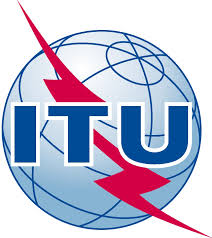
ITU-T - SG17 - X.sa-ecSecurity architecture of edge cloud
The purpose of this Recommendation is to guide operator to implement a uniformed security management for multi-vendor environment.

ITU-T - SG20 - Internet of things (IoT) and smart cities and communities (SC&C)
SG20 develops international standards to enable the coordinated development of IoT technologies, including machine-to-machine communications and ubiquitous sensor networks.

ITU-T - SG20Framework of decentralized service by using DLT and edge computing technologies for IoT devices
Decentralized services (e.g., enabled by distributed ledger technologies, DLT) for IoT devices can be deployed in local area networks (e.g., in IoT devices or in local IoT gateways for constrained

ITU-T - SG5 - L.EEMDCEnergy Efficiency in Micro Data Centre for Edge Computing
The scope of the draft Recommendation is as follows.

ITU-T - SG5 - L.Spec_Edge DCSpecification of Edge Data Centre infrastructure
In recent years, there a+E139:I139re more extra-large data centres worldwide.

ITU-T - [2017-2020] : [SG17] : [Q13/17] - X.mdcv : security-related misbehaviour detection mechanism based on big data analysis for connected vehicles
Security-related misbehaviour detection mechanism based on big data analysis for connected vehicles.

ITU-T F.743.10 (11/2019)Requirements for mobile edge computing enabled content delivery networks
Recommendation ITU-T F.743.10 specifies the general framework, scenarios and requirements for mobile edge computing- (MEC-)enabled content delivery networks (CDNs).

ITU-T F.743.12 (06/2021)Requirements for edge computing in video surveillance
Recommendation ITU-T F.743.12 defines the requirements for edge computing in video surveillance.

ITU-T F.749.11 (11/2019)Requirements of civilian unmanned aerial vehicles enabled mobile edge computing
Civilian unmanned aerial vehicle (CUAV) enabled mobile edge computing (MEC) utilizes CUAV as an MEC platform to realize a flexible, efficient and on-demand computing service that can be rapidly dep

ITU-T Focus Group on Quantum Information Technology for Networks (FG-QIT4N)
Quantum information technology (QIT) is a class of emerging technology that improves information processing capability by harnessing principles of quantum mechanics.

ITU-T Focus Group on “Autonomous Networks” (FG-AN)
Provides information on Study to identify and close gaps in Standards for Autonomous Networks (ANs) to complement Standards on ANs developed elsewhere such as the ETSI GANA related Standards
ITU-T Study Group 2 - Operational aspects of service provision and telecommunications management
Study Group 2 is home to Recommendation ITU-T E.164, the numbering standard which has played a central role in shaping the telecom networks of today.

ITU-T Study Group 20ITU-T - SG20 - Internet of things (IoT) and smart cities and communities (SC&C)
SG20 develops international standards to enable the coordinated development of IoT technologies, including machine-to-machine communications and ubiquitous sensor networks.

ITU-T Study Group 9 - Broadband cable and TV
ITU-T Study Group 9 (SG9) carries out studies on the use of telecommunication systems in the distribution of television and sound programs supporting advanced capabilities such as ultra-high defini

ITU-T X.1710
Recommendation ITU-T X.1710 specifies a framework including requirements and measures to combat security threats for quantum key distribution networks (QKDNs).

ITU-T X.1714
Recommendation ITU-T X.1714 describes key combination methods for quantum key distribution network (QKDN) and specifies security requirements for both the key combination and the key supply from QK

ITU-T Y.3109 (04/2021)Quality of service assurance-related requirements and framework for virtual reality delivery using mobile edge computing supported by IMT-2020
Recommendation ITU-T Y.3109 specifies quality of service (QoS) assurance-related requirements and a framework for virtual reality (VR) delivery using mobile edge computing (MEC) in International Mo

ITU-T Y.3500-series – Cloud computing standardization roadmap
This Supplement provides a summary of cloud-computing-related deliverables in ITU-T study groups (SGs) and other standards development organisations (SDOs).

ITU-T Y.3800
Recommendation ITU-T Y.3800 specifies an overview on networks supporting quantum key distribution (QKD).

ITU-T Y.3801
In the context of quantum key distribution networks (QKDNs), Recommendation ITU-T Y.3801 specifies the functional requirements for quantum layer, the key management layer, the QKDN control layer an

ITU-T Y.3802
Recommendation ITU-T Y.3802 defines a functional architecture model of quantum key distribution (QKD) networks.

ITU-T Y.3803
Recommendation ITU-T Y.3803 provides help for the design, deployment, and operation of key management of a quantum key distribution network (QKDN).

ITU-T Y.3804
To realize secure, stable, efficient, and robust operations of and services by a quantum key distribution (QKD) network as well as to manage a QKD network (QKDN) as a whole and support user network

ITU-T Y.3805 (formerly Y.QKDN_SDNC): "Quantum Key Distribution Networks - Software Defined Networking Control" -DRAFT
ITU-T Y.3805 (formerly Y.QKDN_SDNC): "Quantum Key Distribution Networks - Software Defined Networking Control"
( https://www.itu.int/md/T17-SG13-210716-TD-WP3-0598/en )

ITU-T Y.4122 (07/2021)Requirements and capability framework of the edge-computing-enabled gateway in the Internet of things
The gateway is an important component of Internet of things (IoT) systems, enabling IoT devices to connect to communication networks.

ITU-T Y.4208Internet of things requirements for support of edge computing
Some of the capabilities offered by the Internet of thing (IoT), e.g., capabilities for computing, storage and analytics, are evolving in closer proximity to IoT data sources.

ITU-T Y.4900/L.1600 (06/2016) - Overview of key performance indicators in smart sustainable cities
Recommendation ITU-T Y.4900/L.1600 gives a general guidance to cities and provides an overview of key performance indicators (KPIs) in the context of smart sustainable cities (SSCs).

ITU-T Y.4901/L.1601. Key performance indicators related to the use of information and communication technology iin smart sustainable cities
Recommendation ITU-T Y.4901/L.1601 gives a general guidance to cities and provides the definitions of key performance indicators (KPIs) related to the use of information and communication technolog

ITU-T Y.4902/L.1602. Key performance indicators related to the sustainability impacts of information and communication technology in smart sustainable cities
Recommendation ITU-T Y.4902/L.1602 gives a general guidance to cities and provide the definitions of key performance indicators (KPIs) related to the sustainability impact of information and commun

ITU-T Y.4903/L.1603. Key performance indicators for smart sustainable cities to assess the achievement of sustainable goals
This Recommendation outlines the key performance indicators (KPIs) in the context of smart sustainable cities (SSC) used to assess the achievement of sustainable development goals (SDGs).

ITU-T Y.QKDN-qos-fa: "Functional architecture of QoS assurance for quantum key distribution networks" - DRAFT
ITU-T Y.QKDN-qos-fa: "Functional architecture of QoS assurance for quantum key distribution networks"

ITU-T Y.QKDN_QoS_gen: "General aspects of QoS on the Quantum Key Distribution Network" - DRAFT
ITU-T Y.QKDN_QoS_gen: "General aspects of QoS on the Quantum Key Distribution Network"
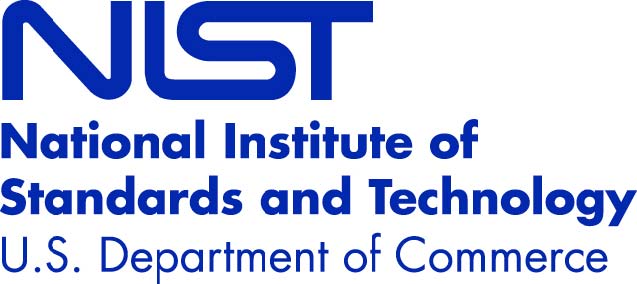
Joint Task Force Transformation Initiative Interagency Working Group
The Joint Task Force Transformation Initiative (JTFTI) is an Interagency Working Group working to produce a Unified Information Security Framework for the federal government.
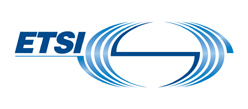
Joint Technical Committee (JTC) of the European Broadcasting Union (EBU), the European Committee for Electrotechnical Standardization (CENELEC) and ETSI
We are a joint Technical Committee (EBU, CENELEC and ETSI) co-ordinating the drafting of standards in the field of broadcasting and related fields.
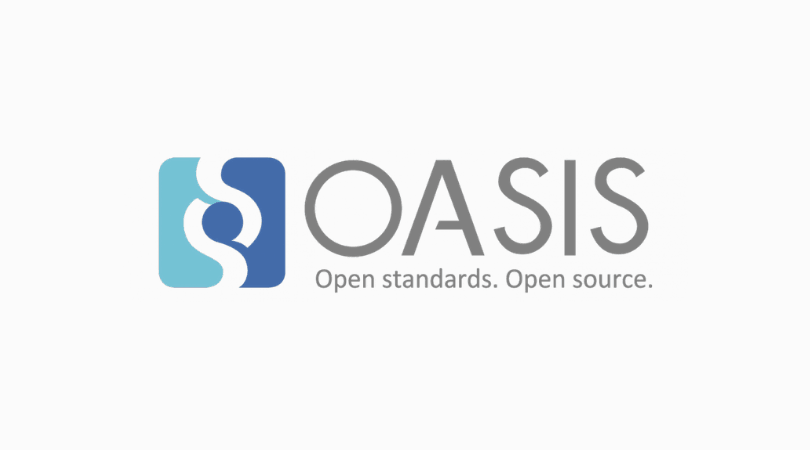
JSON Profile of XACML 3.0 Version 1.1
The XACML architecture promotes a loose coupli

JSON schema / JSON-LD
A JSON Schema / JSON-LD reference data model, being a subset of the Buy-Ship-Pay Reference Data Model (part of the UN Core Component Library) with a specific focus on Sustainable Development and Ci

JSON-LD 1.1
A JSON-based Serialization for Linked Data. A format that is often used to encode Verifiable Credentials.

JSON-LD Working Group
Since its original publication in 2014 by the RDF 1.1 Working Group, JSON-LD 1.0 has become an essential format for describing structu

Key Management Interoperability Protocol ProfilesVersion 2.0
This standard specifies conformance clauses in accordance with the OASIS TC Process ([TC

Key Performance Indicators for Sustainable Digital Multiservice Cities
Defining indicators (KPIs) for Smart Cities expressing city level in terms of People, Planet, Prosperity and Governance.,

KMIP Additional Message Encodings v1.0
The OASIS KMIP TC works to define a single, comprehensive protocol for communication between encryption systems and a broad range of new and legacy enterprise applications, including email, databas

KMIP Asymmetric Key Lifecycle Profile v1.0
The OASIS KMIP TC works to define a single, comprehensive protocol for communication between encryption systems and a broad range of new and legacy enterprise applications, including email, databas

KMIP Cryptographic Services Profile v1.0
The OASIS KMIP TC works to define a single, comprehensive protocol for communication between encryption systems and a broad range of new and legacy enterprise applications, including email, databas

KMIP Opaque Managed Object Store Profile v1.0
The OASIS KMIP TC works to define a single, comprehensive protocol for communication between encryption systems and a broad range of new and legacy enterprise applications, including email, databas

KMIP Storage Array with Self-Encrypting Drives Profile v1.0
The OASIS KMIP TC works to define a single, comprehensive protocol for communication between encryption systems and a broad range of new and legacy enterprise applications, including email, databas

KMIP Suite B Profile v1.0
The OASIS KMIP TC works to define a single, comprehensive protocol for communication between encryption systems and a broad range of new and legacy enterprise applications, including email, databas

KMIP Symmetric Key Foundry for FIPS 140-2 Profile v1.0
The OASIS KMIP TC works to define a single, comprehensive protocol for communication between encryption systems and a broad range of new and legacy enterprise applications, including email, databas

KMIP Symmetric Key Lifecycle Profile v1.0
The OASIS KMIP TC works to define a single, comprehensive protocol for communication between encryption systems and a broad range of new and legacy enterprise applications, including email, databas

KMIP Tape Library Profile v1.0
The OASIS KMIP TC works to define a single, comprehensive protocol for communication between encryption systems and a broad range of new and legacy enterprise applications, including email, databas
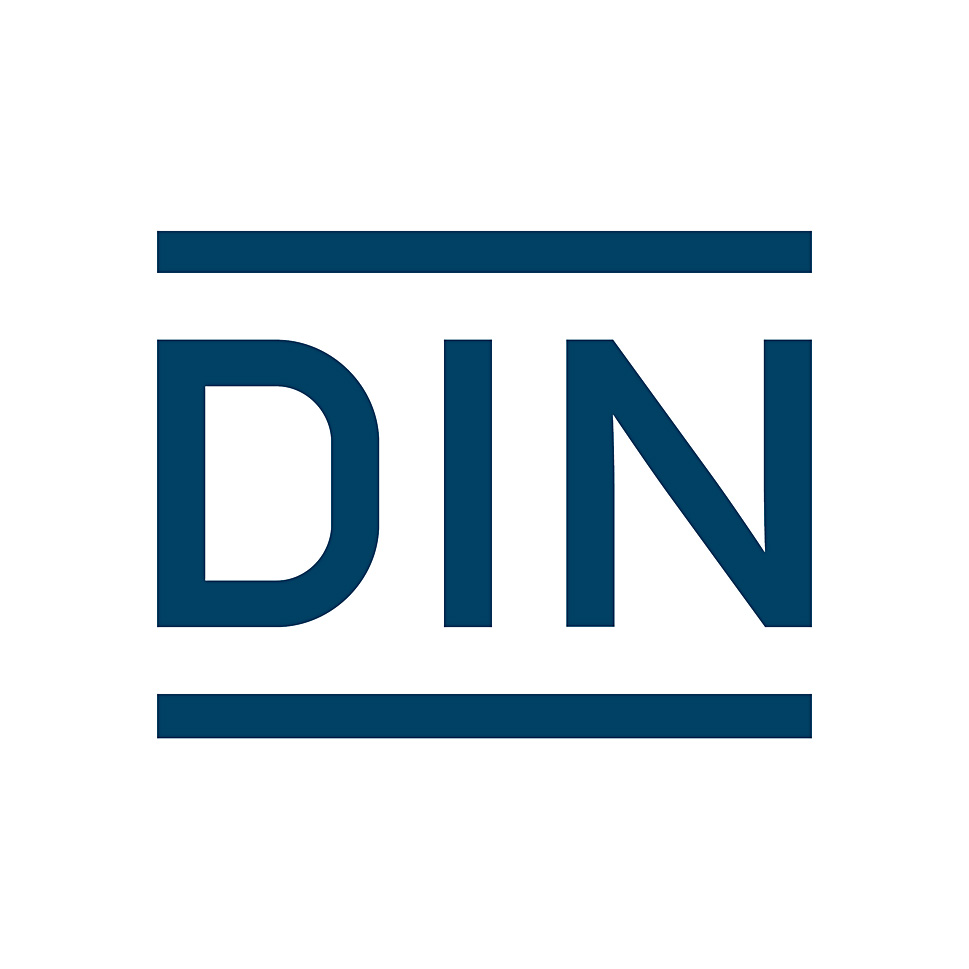
Lebenslaufakte für technische Anlagen - Teil 1: Strukturelle und inhaltliche Festlegungen
Diese Norm legt grundlegende Strukturierungsprinzipien für Lebenslaufakten fest und beschreibt ihre Anwendung für technische Anlagen der Verfahrenstechnik, Energietechnik, Versorgungstechnik und Pr

Lebenslaufakte für technische Anlagen - Teil 2: Digitale Lebenslaufakte
Für diese Norm ist der Arbeitskreis NA 159-04-01-01 AK "Lebenslaufakte für technische Anlagen" im DIN-Normenausschuss Dienstleistungen (NADL) zuständig.
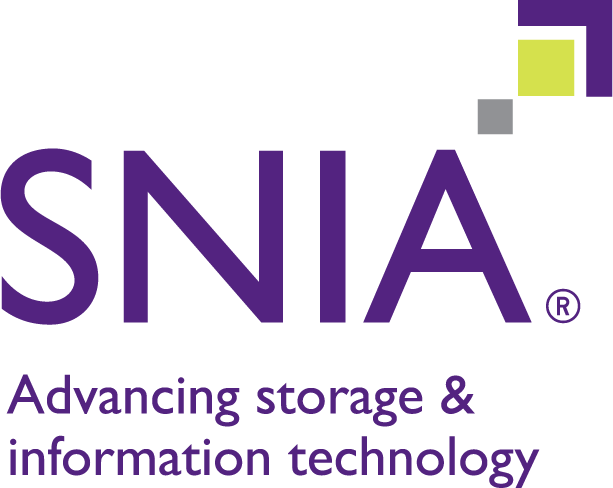
Linear Tape File System
SNIA's Linear Tape File System (LTFS) Technical Work Group is focusing technical efforts on the development of an architecture that is related to the on-tape format

Linear Tape File System (LTFS) Format Specification
The LTFS Format Specification defines a file system format separate from any implementation on data storage media.

Linear Tape File System (LTFS) Format Specification
The LTFS Format Specification defines a file system format separate from any implementation on data storage media. Using this format, data is stored in LTFS Volumes.

Low Throughput Networks (LTN) - Functional Architecture
The present document aims to:
• describe the characteristics of the architecture of a Low Throughput Network
• illustrate the applicability of LTN in industrial communication

Low Throughput Networks (LTN) - Protocols and Interfaces
The document aims to define the protocols and interfaces of LTN systems. It goes along with the document GS LTN 002 [5] on LTN functional architecture.
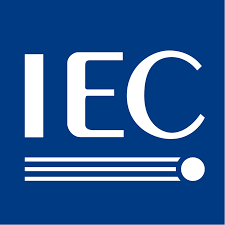
Low-voltage switchgear and controlgear - Product data and properties for information exchange - Part 1: Catalogue data
This document establishes the reference dictionary of the general description of low-voltage switchgear and controlgear classes based on defined properties.

LS on revised text of SG13 Questions and updated SG13 text of Resolution 2 [from ITU-T SG13]
A key characteristic of existing and emerging networks is the use of a smart transport including its softwarization/virtualization for supporting

LTFS Bulk Transfer Version 1.0
The LTFS Bulk Transfer standard defines a method by which a set of files, directories and objects from a source system can be transferred to a destination system. The bulk transfer of large q

Machine-to-Machine communications (M2M); Impact of Smart City Activity on IoT Environment
The present document would undertake compilation and review of activities taking place in the area of Smart City

Machine-to-Machine communications (M2M); Smart Metering Use Cases
This Technical Report collects the Use Cases which have been identified for the Smart Metering application.

MAF and MEF Interface Specification
The present document specifies communication between the M2M Authentication Function (MAF) and MAF clients on the reference point Mmaf and between the M2M Enrolment Function (MEF) and MEF clients o

Maintain safe distance – Test robot Arm for Maintaining a one-dimensional Safe Distance to Humans
The specific purpose of this protocol is to validate the safety skill “maintain safe distance” by measurement. Its scope is limited to robot arms operating in the domain Manufacturing and Logistics.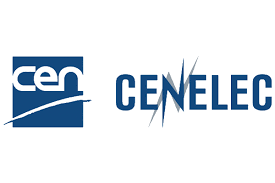
Management systems and controls sets
The WG considers national and international standards for adoption in the domain of management system standards including supporting control sets covering information and cyber security.
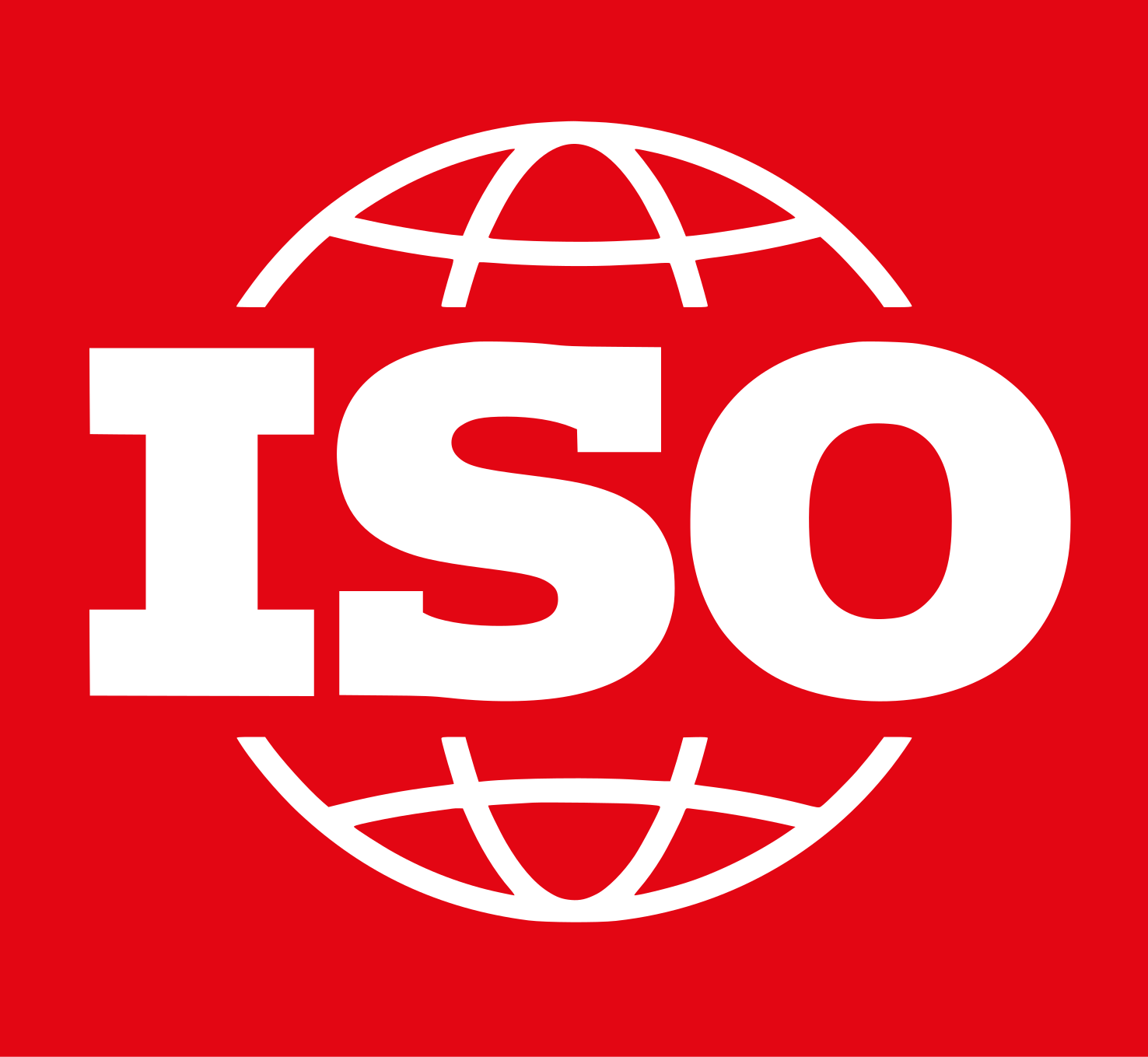
Manipulating industrial robots – Mechanical interfaces
ISO 9409-1:2004 defines the main dimensions, designation and marking for a circular plate as mechanical interface.
Manipulating industrial robots — Informative guide on test equipment and metrology methods of operation for robot performance evaluation in accordance with ISO 9283
Supplies information on the state-of-the-art of test equipment operating principles.
Manipulating industrial robots — Mechanical interfaces — Part 2: Shafts
ISO 9409-2:2002 defines the main dimensions, designation and marking for a shaft with cylindrical projection as mechanical interface.
Manipulating industrial robots — Object handling with grasp-type grippers — Vocabulary and presentation of characteristics
ISO 14539 is one of a series of standards dealing with the requirements of manipulating industrial robots.
Manipulating industrial robots — Performance criteria and related test methods
This International Standard describes methods of specifying and testing the following Performance characteristics of manipulating industrial robots: pose accuracy and pose repeatability; multi-directi
Manipulating industrial robots — Presentation of characteristics
This International Standard specifies how characteristics of robots shall be presented by the manufacturer.
Manufacturing /Robotics in manufacturing; COLLABORATIVE ROBOTS
Provides an Overview on Projects and Programs on COLLABORATIVE ROBOTS
Maritime Broadband Radiolink operating within the bands 5 852 MHz to 5 872 MHz and/or 5 880 MHz to 5 900 MHz for ships and off-shore installations engaged in coordinated activities; Harmonised Standard covering the essential requirements of article 3.2 of
The present document specifies technical characteristics and methods of measurements for maritime mobile broadband radiocommunication systems (MBR) radio equipment intended to operate in the 5,8 GH

MassRobotics Interoperability Standard
A consortium-built standard to guide robotic automation interoperability and take a step toward this future.
Material declaration - Part 1: General requirements
This document specifies the requirements and guidance for the content, format and exchange relating to material declarations for products and accessories of organizations operating in and supplying

Material properties ontology
The Material Properties Ontology aims to provide the vocabulary to describe the building components, materials, and their corresponding properties, relevant within the construction industry.

Measurement Ontology for IP traffic (MOI)
The present document identifies the requirements that should characterise an ontology for the semantic conceptualisation of information related to IP traffic measurements.

Media access control layer specification of second generation HiNoC
Recommendation ITU-T J.1611 specifies functional requirements for a smart home gateway from both the hardware and software point of view to ensure secure interoperability among consumers, businesse

Media access Independent Services (MIS)
The IEEE 802.21 Working Group on Media access Independent Services (MIS) developed standards that enabled optimization of higher layer services including IoT and handover services when performed be
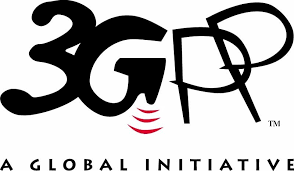
Media Capabilities for Augmented Reality
The present document defines the supported media formats, codecs, processing functions and guaranteed minimum performances per AR device category.
Media Content Distribution (MCD); 3D Gaming Graphics Delivery Overview
The present document provides an overview of delivery of 3D graphics of games that are running on a high-performance server to client devices that would otherwise not have the resources to run these g
Media Working Group
The mission of the Media Working Group is to develop and improve client-side media processing and playback features on the Web.

Medical device traceability enabled by unique device identification (UDI)
This Technical Report describes the current situation for medical device traceability in Europe and identifies key elements to establish a comprehensive European traceability system that would prov

Medical electrical equipment
This standard is applicable to dry cleaning robots for household use in or under conditions similar to those in households.The purpose of this standard is to specify the essential performance characte
Medical electrical equipment - Part 2-77: Particular requirements for the basic safety and essential performance of robotically assisted surgical equipment
IEC 80601-2-77:2019 applies to the BASIC SAFETY and ESSENTIAL PERFORMANCE of ROBOTICALLY ASSISTED SURGICAL EQUIPMENT (RASE) and ROBOTICALLY ASSISTED SURGICAL SYSTEMS (RASS), referred to as ME EQUIPMEN
Medical electrical equipment - Part 2-78: Particular requirements for basic safety and essential performance of medical robots for rehabilitation, assessment, compensation or alleviation
EC 80601-2-78:2019 applies to the general requirements for BASIC SAFETY and ESSENTIAL PERFORMANCE of MEDICAL ROBOTS that physically interact with a PATIENT with an IMPAIRMENT to support or perform REH
Medical electrical equipment — Part 4-1: Guidance and interpretation — Medical electrical equipment and medical electrical systems employing a degree of autonomy
IEC TR 60601-4-1:2017(E) is intended to help a manufacturer through the key decisions and steps to be taken to perform a detailed risk management and usability engineering processes for medical electr
Methodology for environmental life cycle assessments of information and communication technology goods, networks and services
Recommendation ITU-T L.1410 deals with environmental life cycle assessments (LCAs) of
information and communication technology (ICT) goods, networks and services. It is organized in two

Methodology for IT security evaluation
This International Standard is a companion document to the evaluation criteria for IT security defined in ISO/IEC 15408.

Methodology for IT security evaluation
This International Standard is a companion document to the evaluation criteria for IT security defined in ISO/IEC 15408.

Methods for Testing and Specification (MTS);Test Specification for MQTT; Part 2: Security Tests
The present document provides general security considerations and guidelines about the Message Queuing Telemetry Transport (MQTT) protocol.
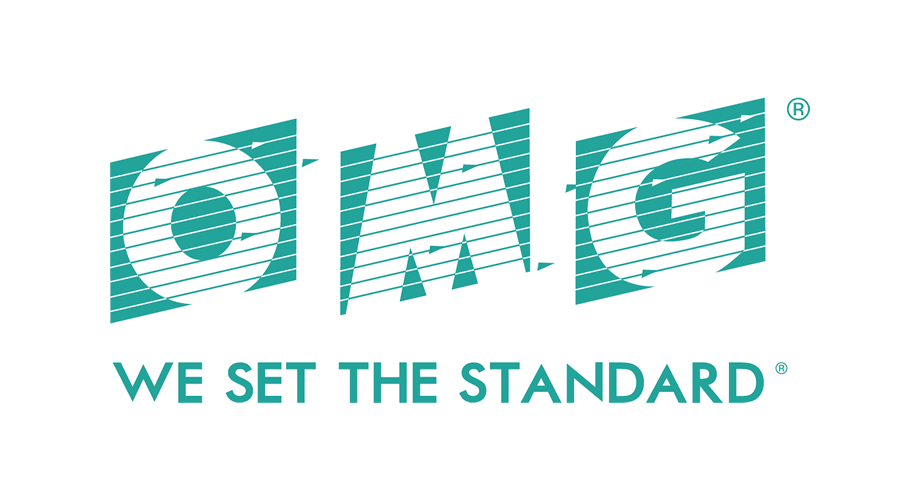
Migrating Applications to Public Cloud Services: Roadmap for Success V2.0
Migrating Applications to Public Cloud Services: Roadmap for Success was written to provide a practical reference to help enterprise information technology (IT) and business decision makers analyze

Migrating Applications to the Cloud: Assessing Performance and Response Time Requirements
Migrating Applications to the Cloud: Assessing Performance and Response Time Requirements is a supplement to the CSCC paper, Migrating Applications to Public Cloud Services: Roadmap for Success.

Mixed Reality (MR) Standard Framework for Motion Learning
This standard defines a framework for mixed reality content aimed at effective motion learning, including terms and definitions, requirements and data formats.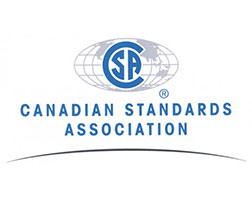
Mobile Application Security Testing
The Mobile Application Security Testing (MAST) initiative aims to create a safer cloud ecosystem for mobile applications by creating systematic approaches to application testing and vetting that he

Mobile Payments to Businesses
SO/TS 12812-5:2017 focuses on mechanisms by which a person ("consumer", "payer" or "business") uses a mobile device to initiate a payment to a business entity ("merchant" or "payee").

Mobile robots — Vocabulary
ISO 19649:2017 defines terms relating to mobile robots that travel on a solid surface and that operate in both industrial robot and service robot applications.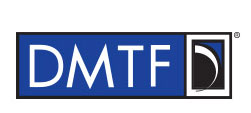
Modular Systems Profile SM CLP Command Mapping Specification
This specification contains the requirements for an implementation of the SM CLP

Motion to Photon (MTP) Latency in Virtual Environments
This standard specifies the requirements and test methods for the motion to photon (MTP) latency that causes virtual reality (VR) sickness while users are using the virtual reality content.
Multi-access Edge Computing (MEC); Study on MEC Support for V2X Use Cases
This work item focuses on identifying the necessary support provided by Multi-access Edge Computing for V2X applications.

Multi-scale Multi-step ontology (MS2O)
The Multi-scale Multi-step ontology (MS-O) is an ontology to describe transformation processes., Multi-scale Multi-step ontology (MS-O) est une ontologie permettant de d-crire des processus de tran

MUS STANDARDS COMMITTEE ON MOBILE UNMANNED SYSTEMS
Establish standards and guidelines that provide safe and reliable application of Mobile Unmanned Systems (MUS) for unmanned aerial systems (UAS), ground/crawlers and submersibles to inspect, monitor,
N/AOASIS Advanced Message Queuing Protocol (AMQP) TC
The OASIS AMQP TC advances a vendor-neutral and platform-agnostic protocol that offers organizations an easier, more secure approach to passing real-time data streams and business transactions.

N/AOASIS Message Queuing Telemetry Transport (MQTT) TC
The OASIS MQTT TC is producing a standard for the Message Queuing Telemetry Transport Protocol compatible with MQTT V3.1, together with requirements for enhancements, documented usage examples, bes
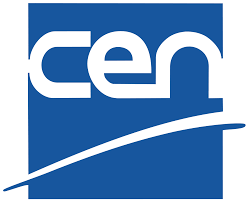
Nanotechnologies - Guidance on methods for nano- and microtribology measurements
The standard establishes techniques for the evaluation of tribological performance of sliding contacts with a lateral size of between a few nanometres and 10 µm, and where the applied load is

Network and technical requirements in support of Inter-Cloud
Network and technical requirements in support of Inter-Cloud (the Global Inter-Cloud Technology Forum is discontinued).

Network Functions Virtualisation (NFV) Release 2; Acceleration Technologies; Management Aspects Specification
The present document specifies functional requirements for both the Virtualised Infrastructure Manager (VIM) and the NFV Infrastructure (NFVI), for NFV acceleration from an infrastructure managemen

Network Functions Virtualisation (NFV) Release 2; Acceleration Technologies; VNF Interfaces Specification
The present document specifies requirements for a set of abstract interfaces enabling a VNF to leverage acceleration services from the infrastructure, regardless of their implementation.

Network Functions Virtualisation (NFV) Release 2; Acceleration Technologies; vSwitch Benchmarking and Acceleration Specification
The present document specifies performance benchmarking metr

Network Functions Virtualisation (NFV) Release 2; Management and Orchestration; Functional requirements specification
Network Functions Virtualisation (NFV) adds new capabilities to communications networks and requires a new set of management and orchestration functions to be added to the current model of operatio

Network Functions Virtualisation (NFV) Release 2; Management and Orchestration; Network Service Templates Specification
The present document specifies requirements and templates for describing Network Functions Virtualisation (NFV) Network Services (NSs) in the form of meta-data.

Network Functions Virtualisation (NFV) Release 2; Management and Orchestration; Or-Vi reference point - Interface and Information Model Specification
The present document specifies the interfaces supported over the Or-Vi reference point of the NFV-MANO architectural framework ETSI GS NFV 002 as well as the information elements exchanged over tho

Network Functions Virtualisation (NFV) Release 2; Management and Orchestration; Or-Vnfm reference point - Interface and Information Model Specification
The present document specifies the interfaces supported over the Or-Vnfm reference point of the Network Functions Virtualisation Management and Orchestration (NFV-MANO) architectural framework ETSI

Network Functions Virtualisation (NFV) Release 2; Management and Orchestration; Os-Ma-Nfvo reference point - Interface and Information Model Specification
Network Functions Virtualisation (NFV) Release 2; Management and Orchestration; Os-Ma-Nfvo reference point - Interface and Information Model Specification